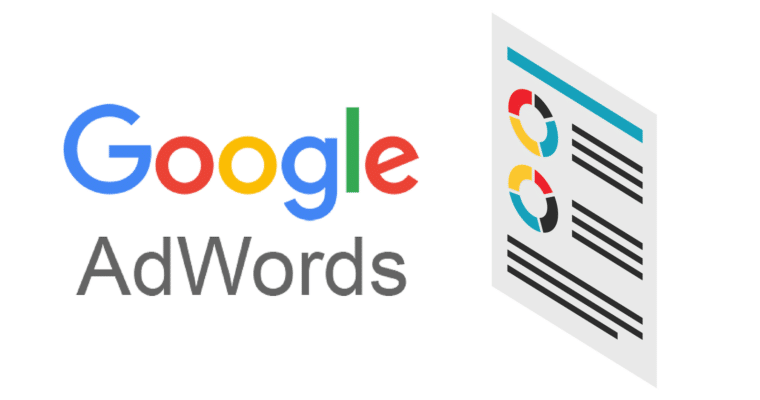Google Users Can Now Mute Ads, But What Are The Implications for Digital Marketers?

Google has made further changes to allow users to mute the kinds of ads they see, causing implications for digital marketers.
Launching a single dashboard for ads controls – originally named the Ads Preference Manager – in 2009, before changing names several times since then. Google has currently folded these into the central data controls hub: My Account.
On Thursday (25th January 2018), Google announced it was making further additions to Ads Settings and Mute This Ad to give the user more control to mute the ads they see on the Google Display Network.
Now You Can Mute Reminder Ads in Ads Settings
We’ve all been there before. You’re scrolling the web for a particular product and find it on your favourite store. You put the item in your basket, but don’t convert. The next time you’re shopping online you might keep seeing an ad from that company trying to encourage you to come back to their site and buy it.
These are called ‘Reminder ads’, which can be useful if you’re still in the market for that item, but not if you’re no longer interested or bought elsewhere. A new control within Ads Settings will enable you to mute that those reminder ads in apps and on websites that partner with Google to show ads.
Google is planning to expand this tool to control ads on YouTube, Search and Gmail in the coming months.
This tool may be alien for many users, but it has been gathering momentum in recent years. According to Google, millions of people user Mute this Ad on a daily basis, and in 2017, it received more than 5 billion pieces of feedback. So far, 1 million ads from its ad network have been removed based on user comments.
This tool is used cross-device; meaning that if you mute an ad on your smartphone, it will also be muted on your laptop/desktop.

What Does This Mean for Advertisers?
So, what does this mean for advertisers who rely on using display ads to help convert customers into sales?
Last year, Apple threw the remarketing world into a bit of a frenzy when it announced its Apple Intelligent Tracking Prevention, which may be good for the user, but not for the advertiser. Now, it’s Google’s turn to give users some opt-out control over the ads they see whilst leaving the fundamental targeting and tracking mechanisms untouched.
The issue doesn’t stop there because this new mute tool doesn’t just stop this one ad from being seen, it mutes the advertiser from retargeting them with Google ads. Mutes can last for up to 90 days.
As of yet, Google will not notify you if your ad has been muted, but said it could be a possibility in the future if there is enough advertiser demand for that kind of information.

